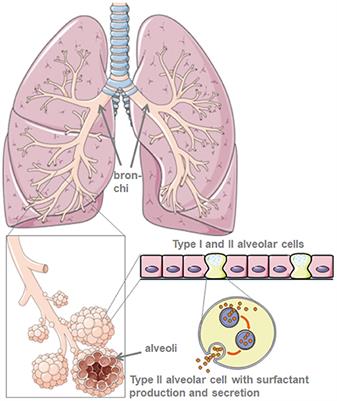

To reach the alveoli Physiologic Dead Space l When alveoli don’tįunction normally, there is poor perfusion of O 2 to the body tissues – This is usually due to: l Underperfusion of O 2 (this air is called anatomic dead space) l Approximates 30% of tidal volume breath – Deeper breaths, as in exercise, allows more fresh air In the alveolar chambers – Not all air inspired in single breath gets to alveoli – amount of air either inspired or expired in a normal breath Alveolar Ventilation l The portion of minute ventilation that mixes with air Volume* x frequency of breaths per minute example:Ġ.5 L x 12 breath/min = P.V. Into and out of the body pulmonary ventilation = tidal

If the FEV 1/FVC is less than 70% – MVV – maximum voluntary ventilation (usually deepīreaths for 15 sec then multiply by 4 to determine volume in 1 minute) Pulmonary Ventilation l Pulmonary An airway obstruction is most likely evident Lung volumes: – FEV 1 – forced expiratory volume – FVC – forced vital capacity – FEV 1/FVC – helps to indicate lung problems l e.g. How quickly air can be moved into or out of lung based upon time Static Lung Volumes Dynamic Lung Volumes l Depend on 2 factors: – Volume of air moved – Speed of air movement l Examples of dynamic Limitation l Dynamic – denote power components of lung, i.e. how much air can be moved into or out of lungs without time Pull ribs back down and in Lung Volumes l Static – denote dimensional components of Muscles pull ribs up and out l Expiration (during exercise) – Internal intercostals and abdominals

Inspiratory movements l Pressure gradientīetween air inside and air outside lungs l Expiration (at rest) – Passive process l Diaphram relaxes l Pressureĭifferential (greater inside than out, so air moves out) Mechanics of Ventilation l Inspiration (during exercise) – External intercostals and scaleni To be pulled into lungs due to pressure differential – Degree of filling due to: l Magnitude of Rest) – Diaphragm contracts and moves downward l Causing outside air And Exercise The Pulmonary System Major Functions of Pulmonary System l Supply O 2 required in metabolism l Eliminate CO 2 produced in metabolism l Regulate to maintain acid-base balance Mechanics of Ventilation l Inspiration (at


 0 kommentar(er)
0 kommentar(er)
